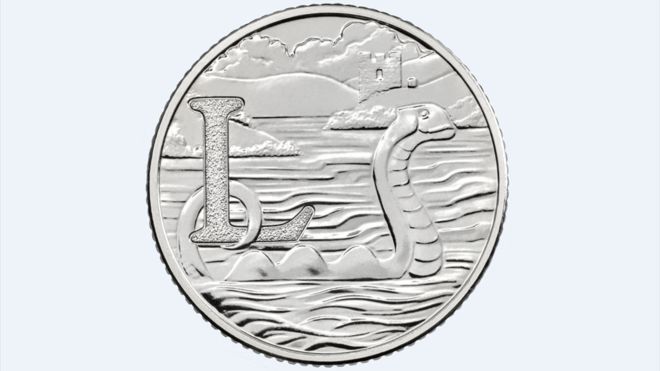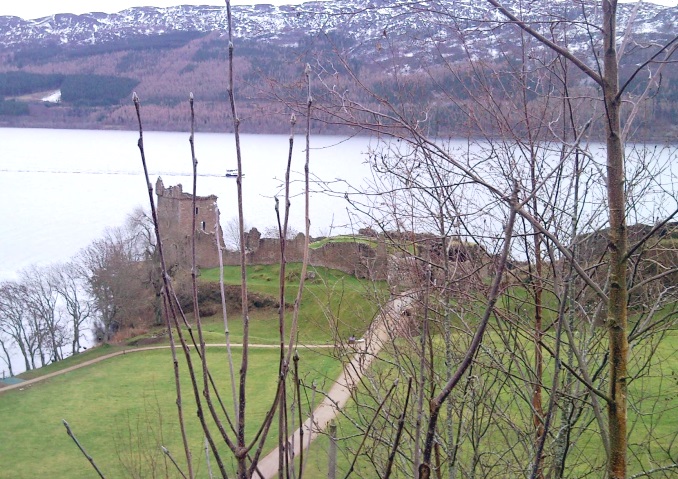Loch Ness Monster features on new coin
The Loch Ness Monster features on a new UK 10 pence coin that has entered into circulation. Loch Ness (Scottish Gaelic: Loch Nis) is a freshwater loch in the Scottish Highlands (Scottish Gaelic: A' Ghàidhealtachd) which is renowned for its great beauty. It is, of course, also famous for being home to the mysterious large aquatic animal known as the Loch Ness Monster or affectionately known by the nickname Nessie (Scottish Gaelic:Niseag). Over many years people have claimed to have seen Nessie in the Loch and their descriptions have led to speculation that, if it exists, it could be related to the plesiosaurs. Plesiosaurs first appeared about 205 million years ago but have been extinct for some 66 million years. The first recorded sighting of the Loch Ness Monster dates back to the time of Saint Columba (7 December 521 – 9 June 597). Columba came across a group of people burying a man by the River Ness. He was told that the man had been attacked by a “water beast” which had dragged him under the water. In this story Columba sent his follower Luigne moccu Min to swim across the river. When the beast came after him, Columba made the sign of the cross and ordered the beast back beneath the waters of the Loch.
In addition to Nessie, the new coins also feature a representation of the ruins of historic Urquhart Castle, near Drumnadrochit. Urquhart Castle stands on a promontory that had earlier significance to the Picts. A Pictish brooch dating from the late 8th or early 9th century has been found there and it is thought to be the site where the Pictish nobleman, Emchath, lived and was baptised by St Columba in about 580 AD. The present castle was built from the 13th to 16th centuries. In 1296 Urquhart Castle was captured by Edward I of England and then continued to change hands between Scottish and English forces. In 1332, following the death of King Robert Bruce (11 July 1274 – 7 June 1329), Urquhart Castle was the only Highland castle that held out against the English. However, once the English had gone the castle remained the scene of conflict, this time between the Scottish Crown and the MacDonalds, Lords of the Isles. The fortress was much fought over until the time of the final MacDonald raid in 1545. The castle finally fell into decay after it was blown up by government forces in 1692 after they had garrisoned it during the Jacobite rebellion.







